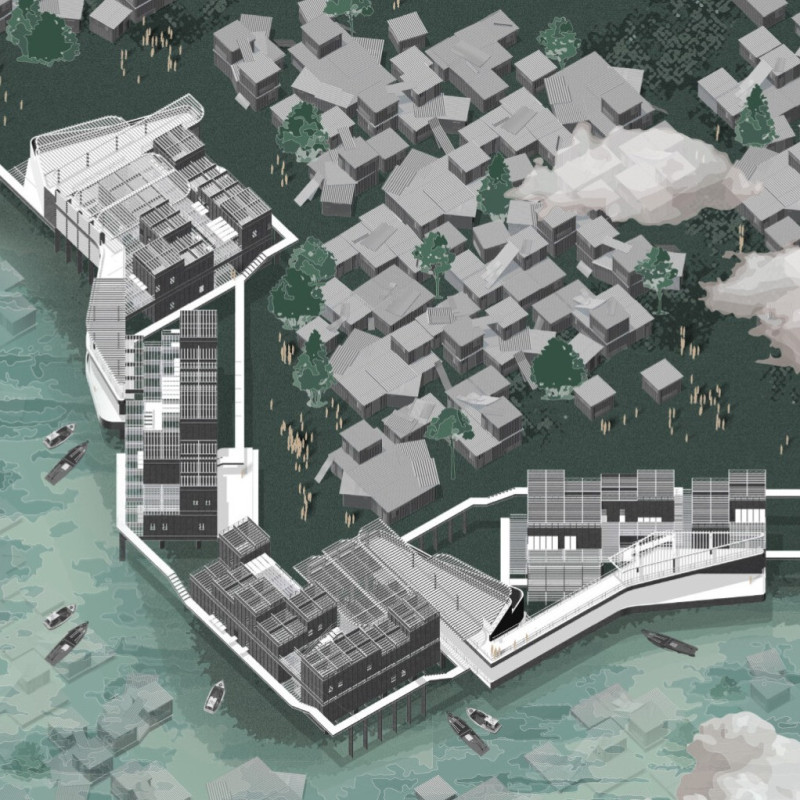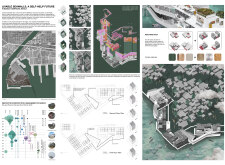5 key facts about this project
**Overview**
The project is situated in [specific location], designed to serve [specific purpose, e.g., residential, educational, commercial] needs within the locality. Addressed by [architectural firm or designer], it seeks to respond to the challenges presented by its geographic and cultural context while adhering to contemporary architectural practices. The design process considers historical influences in the area, contributing to a thoughtful integration of modernity with tradition.
**Spatial Organization and User Interaction**
The layout emphasizes a thoughtful arrangement of spaces that encourage movement and interaction among users. Areas are intentionally interconnected, fostering collaboration while maintaining distinct functions. The design incorporates natural light through strategically placed windows and skylights, enhancing the user experience by creating bright and inviting environments. The open-plan configurations are balanced with defined zones, allowing for both communal activities and private moments of reflection.
**Material Selection and Sustainability**
A diversity of materials has been employed, including reinforced concrete, low-emissivity glass, weathering steel, and locally sourced wood, each chosen for its aesthetic and functional properties. These materials not only define the visual character of the building but also contribute to its sustainability, addressing aspects such as durability and energy efficiency. The design integrates passive and active environmental strategies, including [specific methods, e.g., green roofs, solar panels], which promote a reduced ecological footprint and enhance overall performance.






















































